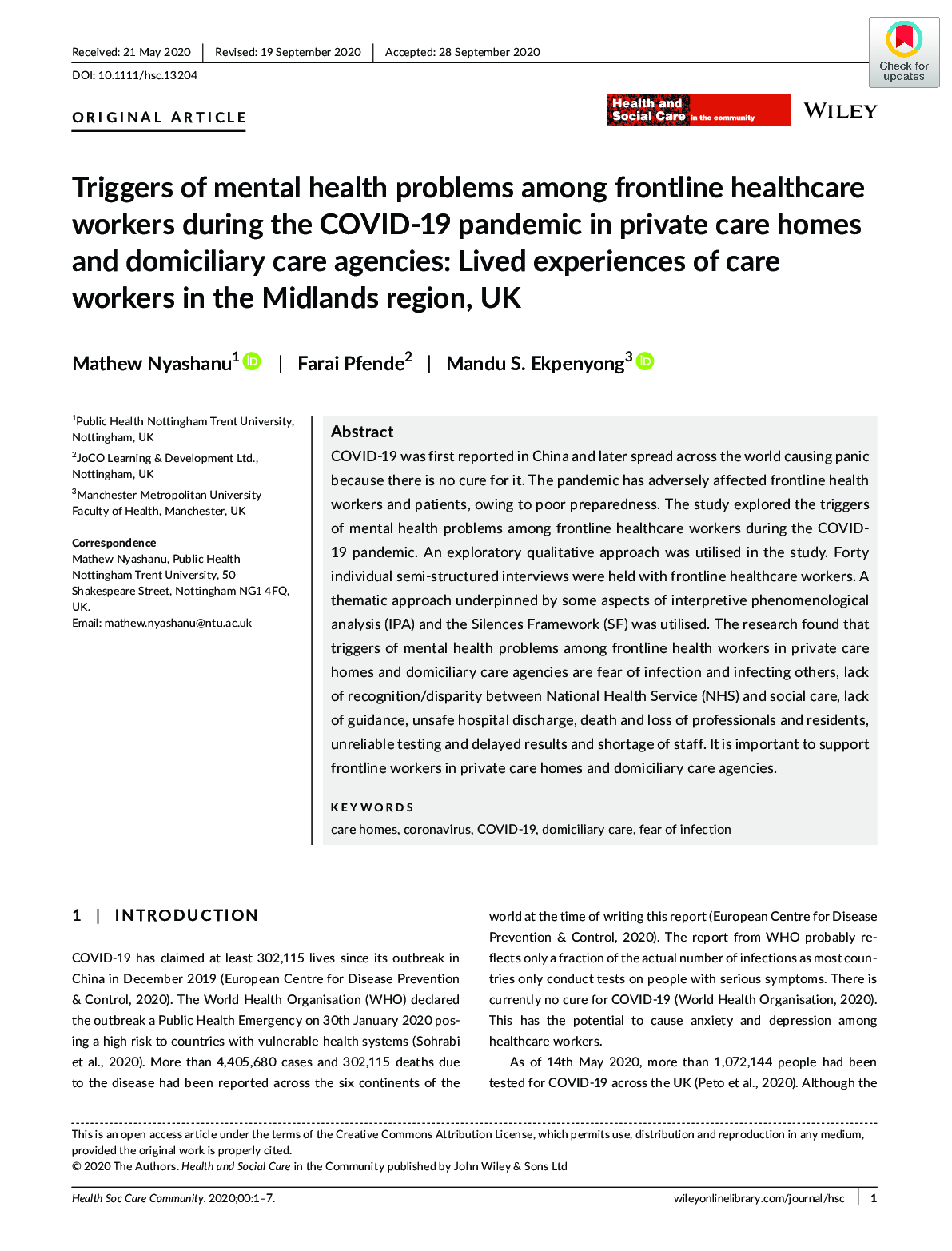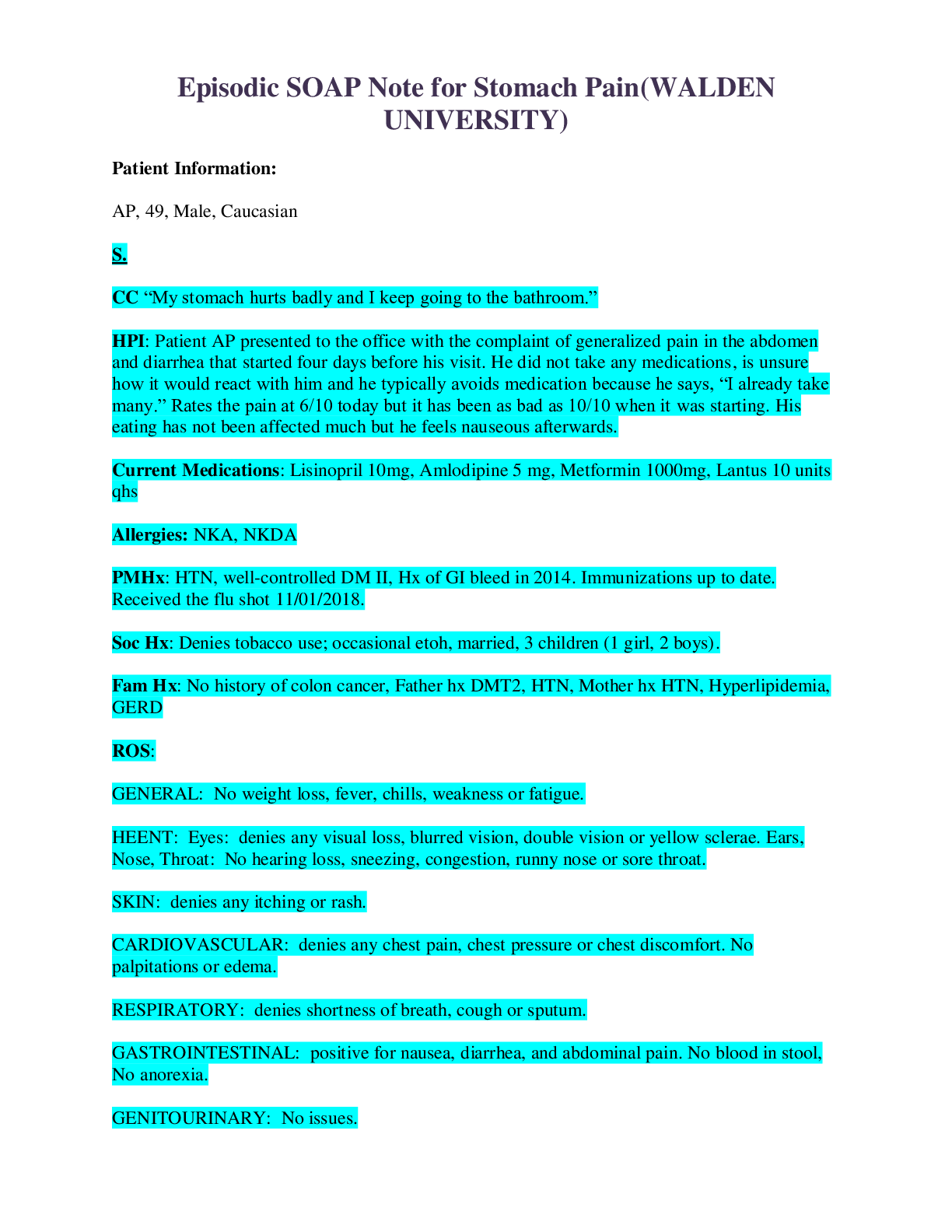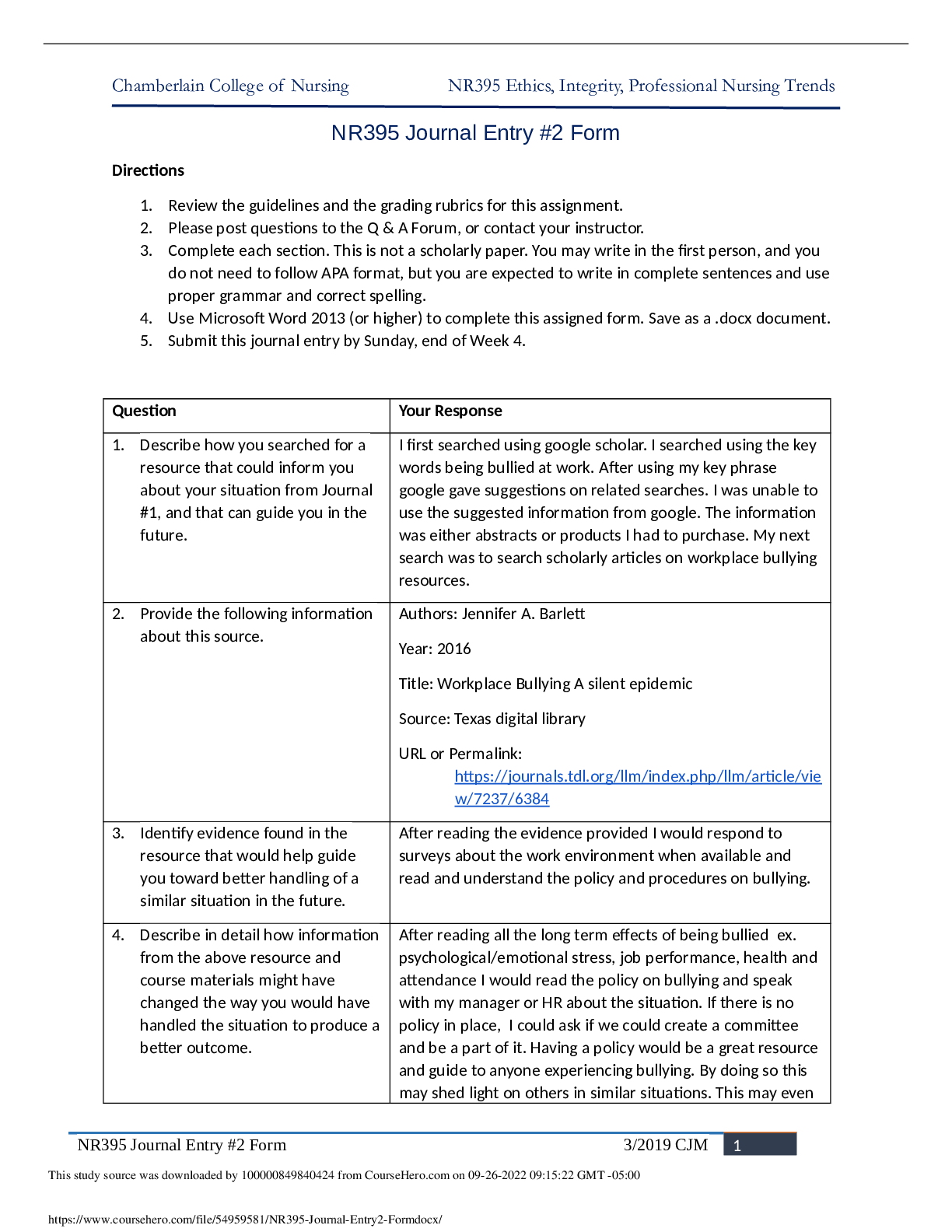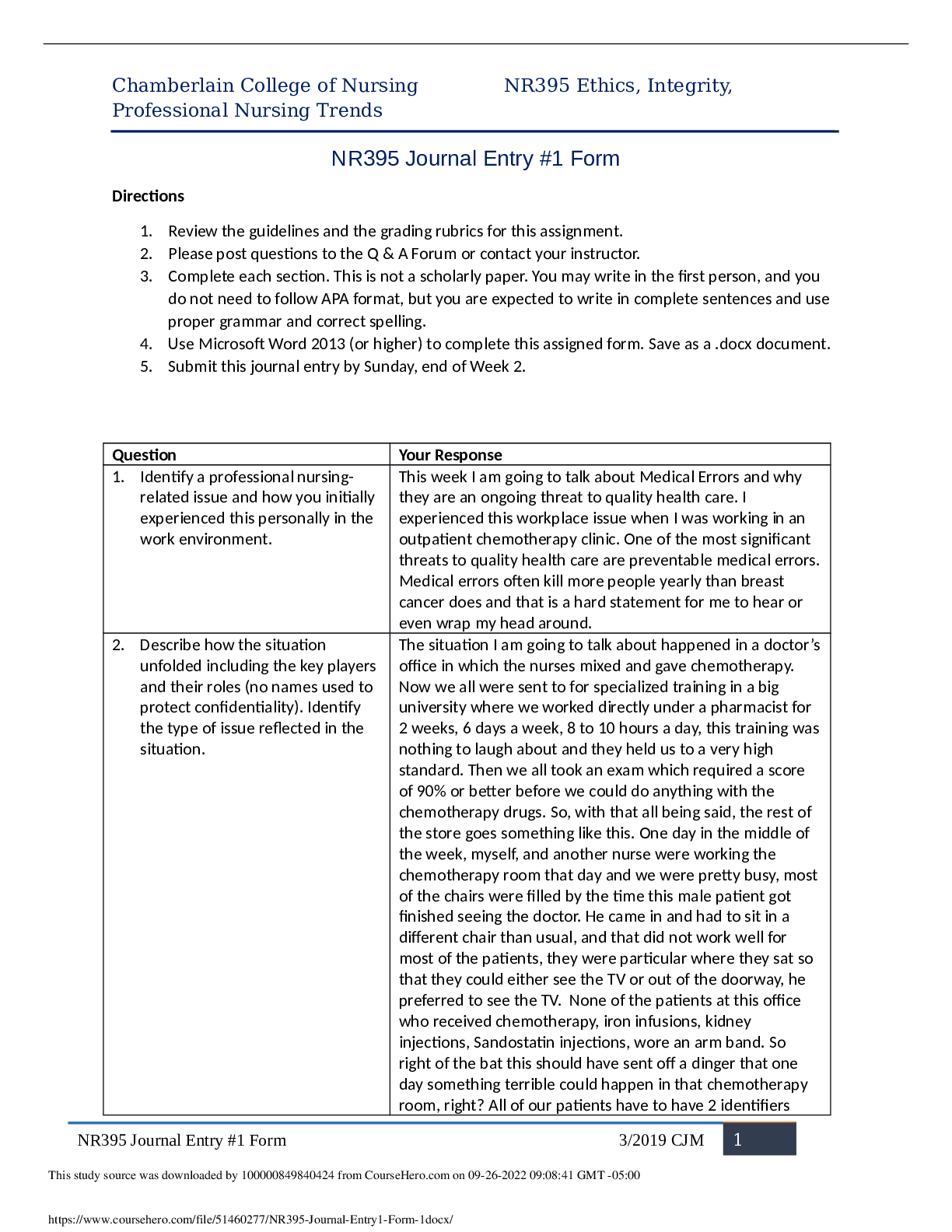Accounting > JOURNAL > University of Minnesota, Duluth ACCT 3201 chapter 2 An Introduction to Cost Terms and Purposes QUEST (All)
University of Minnesota, Duluth ACCT 3201 chapter 2 An Introduction to Cost Terms and Purposes QUESTIONS WITH VERIFIED ANSWERS
Document Content and Description Below
Cost Accounting: A Managerial Emphasis, 16e (Horngren) Chapter 2 An Introduction to Cost Terms and Purposes 2.1 Objective 2.1 1) Which of the following would be considered an actual cost of a curre... nt period? A) The $25 of materials in a manufactured chair that is ready to be shipped to the customer B) The $22 of direct material cost per unit assumed in the actual budget of a manufacturer of chairs C) The expected cost of materials for a chair as a result of engineering specifications D) The average of historical material cost data for a chair manufactured in several past accounting periods Answer: A Diff: 2 Objective: 1 AACSB: Analytical thinking 2) The collection of cost data in an organized way, such as in various categories such as materials, labor, and manufacturing overhead, is called: A) cost application B) cost accumulation C) cost assignment D) cost reporting Answer: B Diff: 2 Objective: 1 AACSB: Analytical thinking 3) Budgeted costs are ________. A) the costs incurred this year B) the costs incurred last year C) planned or expected costs D) competitor's costs Answer: C Diff: 1 Objective: 1 AACSB: Analytical thinking 4) Cost assignment ________. A) includes future and arbitrary costs B) associates accumulated costs with certain cost objects C) is the same as cost accumulation D) is the difference between budgeted and actual costs Answer: B Diff: 1 Objective: 1 AACSB: Analytical thinking5) A cost system determines the cost of a cost object by ________. A) accumulating and then assigning costs B) accumulating costs C) assigning and then accumulating costs D) assigning costs Answer: A Diff: 1 Objective: 1 AACSB: Analytical thinking 6) A cost object is anything for which a cost measurement is desired. Answer: TRUE Diff: 1 Objective: 1 AACSB: Analytical thinking 7) Costs are accounted for in two basic stages: assignment followed by accumulation. Answer: FALSE Explanation: Costs are accounted for in two basic stages: accumulation followed by assignment. Diff: 1 Objective: 1 AACSB: Analytical thinking 8) An actual cost is the cost incurred–a historical or past cost. Answer: TRUE Diff: 1 Objective: 1 AACSB: Analytical thinking 9) Accountants define a cost as the amount of money spent on a resource. Answer: FALSE Explanation: A cost is a resource sacrificed or foregone and the requirement of "spending" or cash expended is not part of the definition. Diff: 1 Objective: 1 AACSB: Analytical thinking 10) A cost is a resource sacrificed or forgone to achieve a specific objective. Answer: TRUE Explanation: A cost object could be anything management wishes to determine the cost of, for example, a department. Diff: 1 Objective: 1 AACSB: Analytical thinking 11) Managers use assigned cost information to make decisions and implement them. Answer: TRUE Diff: 1 Objective: 1 AACSB: Analytical thinking 12) Lucas Manufacturing has three cost objects that it uses to accumulate costs for its manufacturing plants. They are: Cost object #1: The physical buildings and equipment Cost object #2: The use of buildings and equipment Cost object #3: The availability and use of manufacturing labor The following manufacturing overhead cost categories are found in the accounting records:a. Depreciation on buildings and equipment b. Lubricants for machines c. Property insurance d. Supervisors salaries e. Fringe benefits f. Property taxes g. Utilities Required: Assign each of the above costs to the most appropriate cost object. Answer: Cost object # 1 includes categories a, c, and f. Cost object # 2 includes categories b and g. Cost object # 3 includes categories d and e. Diff: 2 Objective: 1 AACSB: Application of knowledge 2.2 Objective 2.2 1) Which of the following factors affect the direct/indirect classification of a cost? A) the level of budgeted profit for the next year B) the estimation of time required to complete the order C) the ability to execute an order in the most cost-efficient manner D) the design where a particular area is dedicated to a specific cost object Answer: D Diff: 1 Objective: 2 AACSB: Analytical thinking 2) All of the following are factors affecting direct versus indirect cost classification except: A) materiality of the cost B) cost accuracy C) information technology's ability to trace costs in an economically feasible way D) design of operations Answer: B Diff: 2 Objective: 1 AACSB: Analytical thinking 3) When costs can be traced to a particular cost object in an economically feasible way, the cost is a: A) direct cost B) indirect cost C) allocated cost D) budgeted cost Answer: A Diff: 2 Objective: 1 AACSB: Analytical thinking 4) Which of the following statements about the direct/indirect cost classification is true? A) Indirect costs are always traced. B) Indirect costs are always allocated. C) The design of sales target affects the direct/indirect classification. D) The direct/indirect classification depends on the cost control measures. Answer: B Diff: 1Objective: 2 AACSB: Analytical thinking 5) Cost tracing is ________. A) the assignment of direct costs to the chosen cost object B) a function of cost allocation C) the process of tracking both direct and indirect costs associated with a cost object D) the process of determining the actual cost of the cost object Answer: A Diff: 1 Objective: 2 AACSB: Analytical thinking 6) Cost allocation is ________. A) the process of tracking both direct and indirect costs associated with a cost object B) the process of determining the opportunity cost of a cost object chosen C) the assignment of indirect costs to the chosen cost object D) made based on material acquisition document Answer: C Diff: 1 Objective: 2 AACSB: Analytical thinking 7) The determination of a cost as either direct or indirect depends upon the ________. A) accounting standards B) tax system chosen C) inventory valuation D) cost object chosen Answer: D Diff: 1 Objective: 2 AACSB: Analytical thinking 8) Classifying a cost as either direct or indirect depends upon ________. A) the behavior of the cost in response to volume changes B) whether the cost is expensed in the period in which it is incurred C) whether the cost can be traced to a particular cost object in an economically feasible way D) whether a cost is fixed or variable Answer: C Diff: 1 Objective: 2 AACSB: Analytical thinking 9) A manufacturing plant produces two product lines: golf equipment and soccer equipment. An example of a direct cost for the golf equipment line is ________. A) beverages provided daily in the plant break room for the entire staff B) monthly lease payments for a specialized piece of equipment needed to manufacture the golf driver C) salaries of the clerical staff that work in the company administrative offices D) overheads incurred in producing both golf and soccer equipment Answer: B Diff: 1 Objective: 2 AACSB: Application of knowledge 10) A manufacturing plant produces two product lines: golf equipment and soccer equipment. An example of indirect cost for the soccer equipment line is the ________. A) material used to make the soccer balls B) labor to shape the leather used to make the soccer ballC) material used to manufacture the soccer studs D) property taxes paid on the land and building (plant) Answer: D Diff: 2 Objective: 2 AACSB: Application of knowledge 11) Which one of the following items is a direct cost? A) Customer-service costs of a multiproduct firm; Product A is the cost object. B) Printing costs incurred for payroll check processing; payroll check processing is the cost object. C) The salary of a maintenance supervisor in a multiproduct manufacturing plant; Product B is the cost object. D) Utility costs of the administrative offices; the accounting department is the cost object. Answer: B Diff: 1 Objective: 2 AACSB: Application of knowledge12) Indirect manufacturing costs ________. A) can be traced to the product that created the costs B) can be easily identified with the cost object C) generally include the cost of material and the cost of labor D) may include both variable and fixed costs Answer: D Diff: 1 Objective: 2 AACSB: Application of knowledge 13) Which of the following is true of indirect costs? A) Indirect costs are always considered sunk costs. B) All indirect costs are included in cost of goods sold. C) Indirect costs always vary in direct proportion to the level of production. D) Indirect costs cannot be traced to a particular cost object in an economically feasible way. Answer: D Diff: 1 Objective: 2 AACSB: Application of knowledge 14) Which of the following statements is true? A) A direct cost of one cost object will always be a direct cost of another cost object. B) Because of a cost-benefit tradeoff, some direct costs may be treated as indirect costs. C) All fixed costs are indirect costs. D) All direct costs are variable costs. Answer: B Diff: 2 Objective: 2 AACSB: Analytical thinking 15) Which of the following statements is true of direct costs? A) A direct cost of one cost object is a true sense of the budgeted costs. B) All variable costs are direct costs. C) A direct cost of one cost object can be an indirect cost of another cost object. D) All fixed costs are direct costs. Answer: C Diff: 1 Objective: 2 AACSB: Application of knowledge 16) A cost may be direct for one cost object and indirect for another cost object. Answer: TRUE Diff: 1 Objective: 2 AACSB: Application of knowledge17) Assigning indirect costs is easier than assigning direct costs. Answer: FALSE Explanation: Tracing direct costs is quite straightforward, whereas assigning indirect costs to a number of different cost objects can be very challenging. Diff: 1 Objective: 2 AACSB: Application of knowledge 18) Improvements in information-gathering technologies are making it possible to trace more costs as direct. Answer: TRUE Diff: 1 Objective: 2 AACSB: Analytical thinking 19) The smaller the amount of a cost the more likely it is economically feasible to trace it to a particular cost object. Answer: FALSE Explanation: The smaller the amount of a cost the less likely it is economically feasible to trace it to a particular cost object. Diff: 1 Objective: 2 AACSB: Application of knowledge 20) A direct cost of one cost object cannot be an indirect cost of another cost object. Answer: FALSE Explanation: A direct cost of one cost object can be an indirect cost of another cost object. For example, department A might perform some part of the processing of a product B. The costs incurred in department A would be direct costs of cost object department A but could be an indirect cost of cost object product B. Diff: 1 Objective: 2 AACSB: Analytical thinking 21) The cost of natural gas used to heat a production facility that makes three products (A,B, and C) would be classified as an indirect cost when the cost object is one of the products (either A, B, or C). Answer: TRUE Diff: 1 Objective: 2 AACSB: Application of knowledge 22) The broader the cost object definition (i.e., plant versus product), the more confident the manager will be about the accuracy of the direct cost amounts. Answer: TRUE Diff: 2 Objective: 2 AACSB: Analytical thinking [Show More]
Last updated: 1 year ago
Preview 1 out of 66 pages

Reviews( 0 )
Document information
Connected school, study & course
About the document
Uploaded On
Jul 09, 2021
Number of pages
66
Written in
Additional information
This document has been written for:
Uploaded
Jul 09, 2021
Downloads
0
Views
71



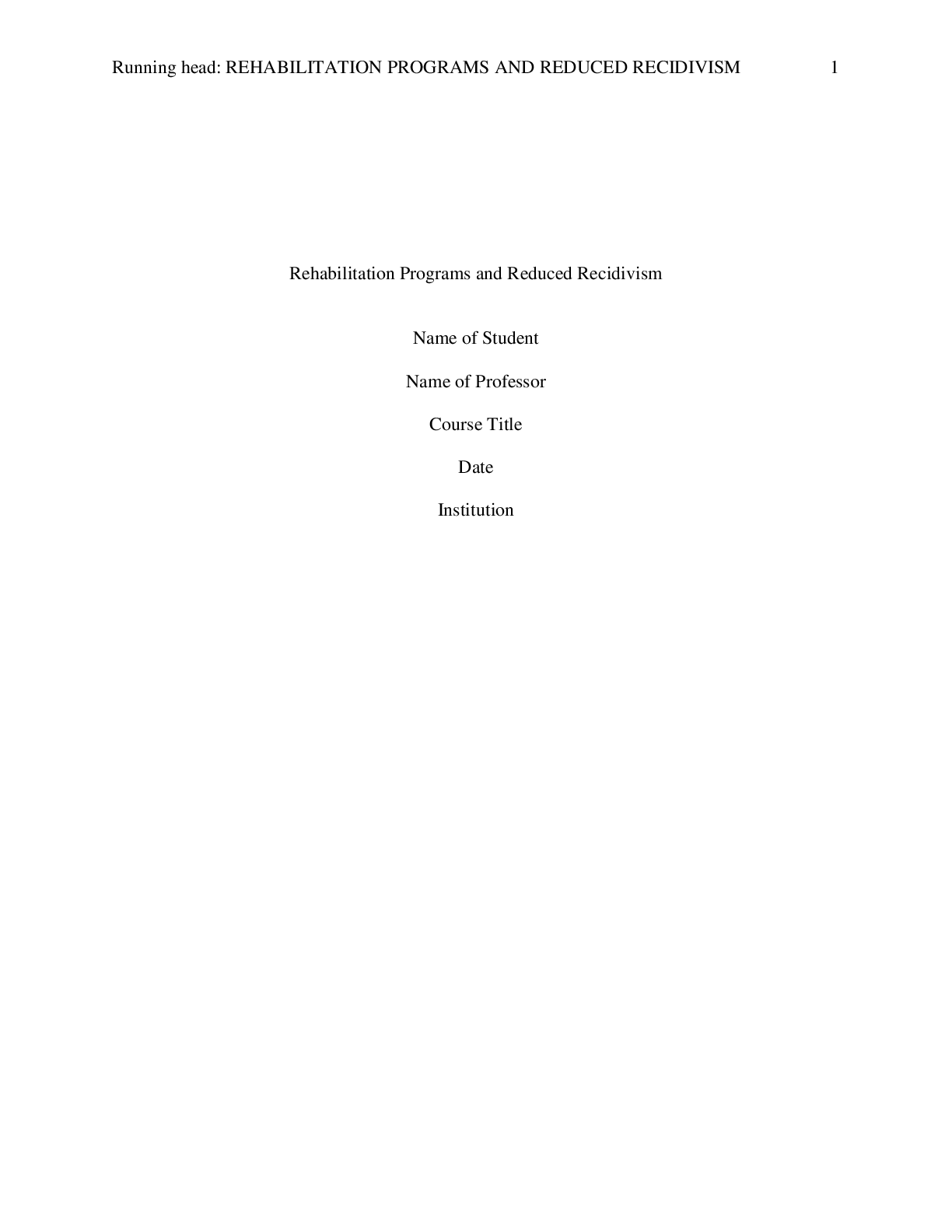

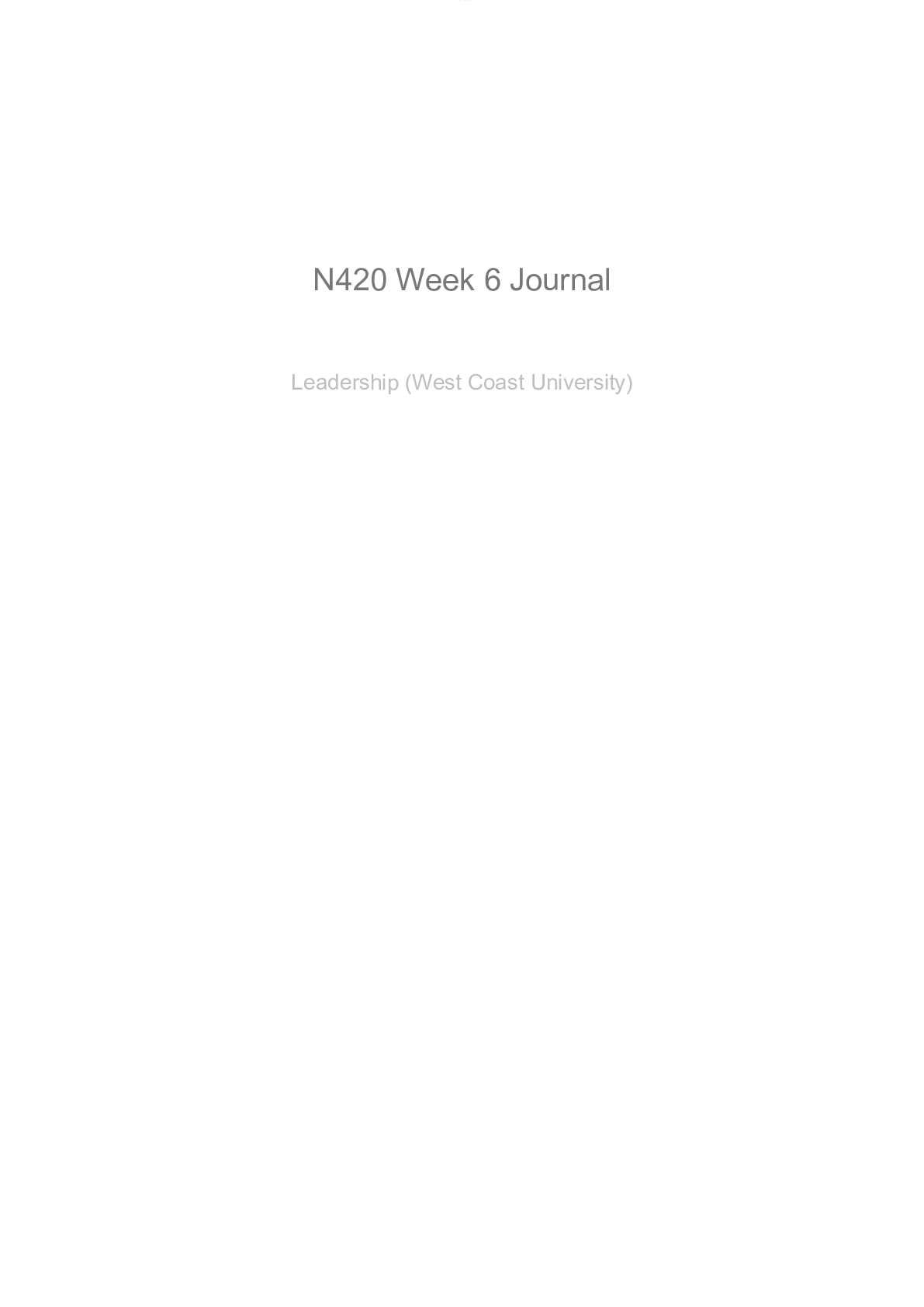
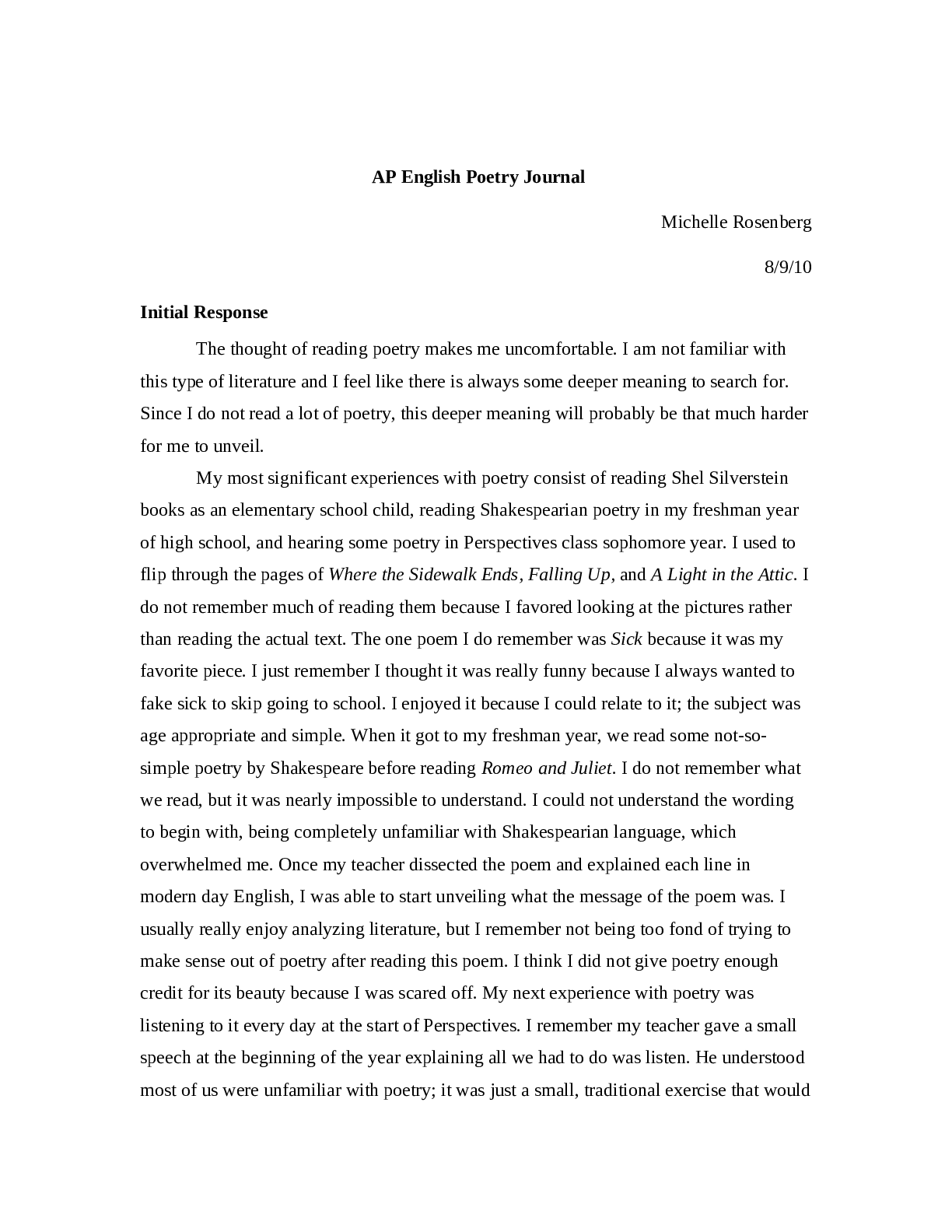
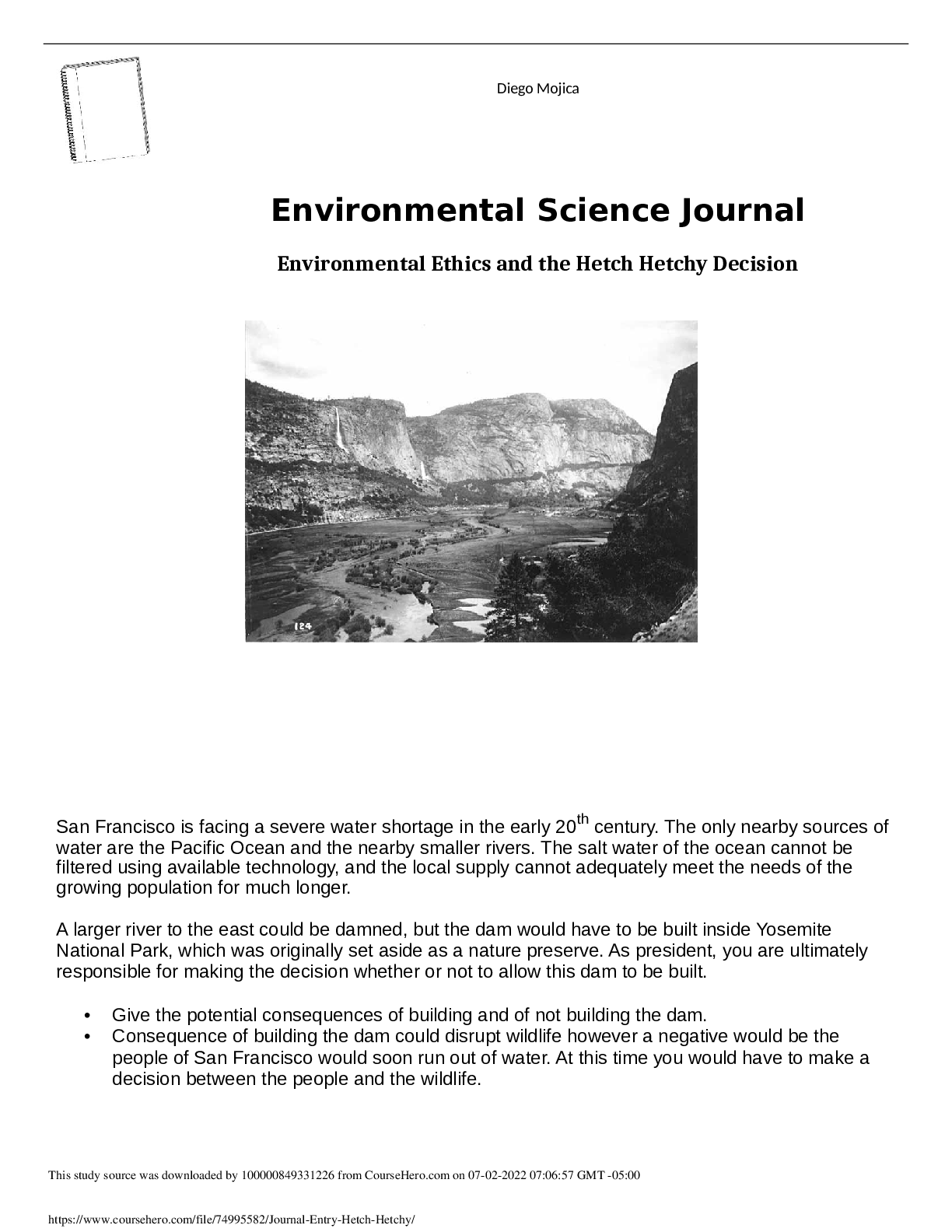

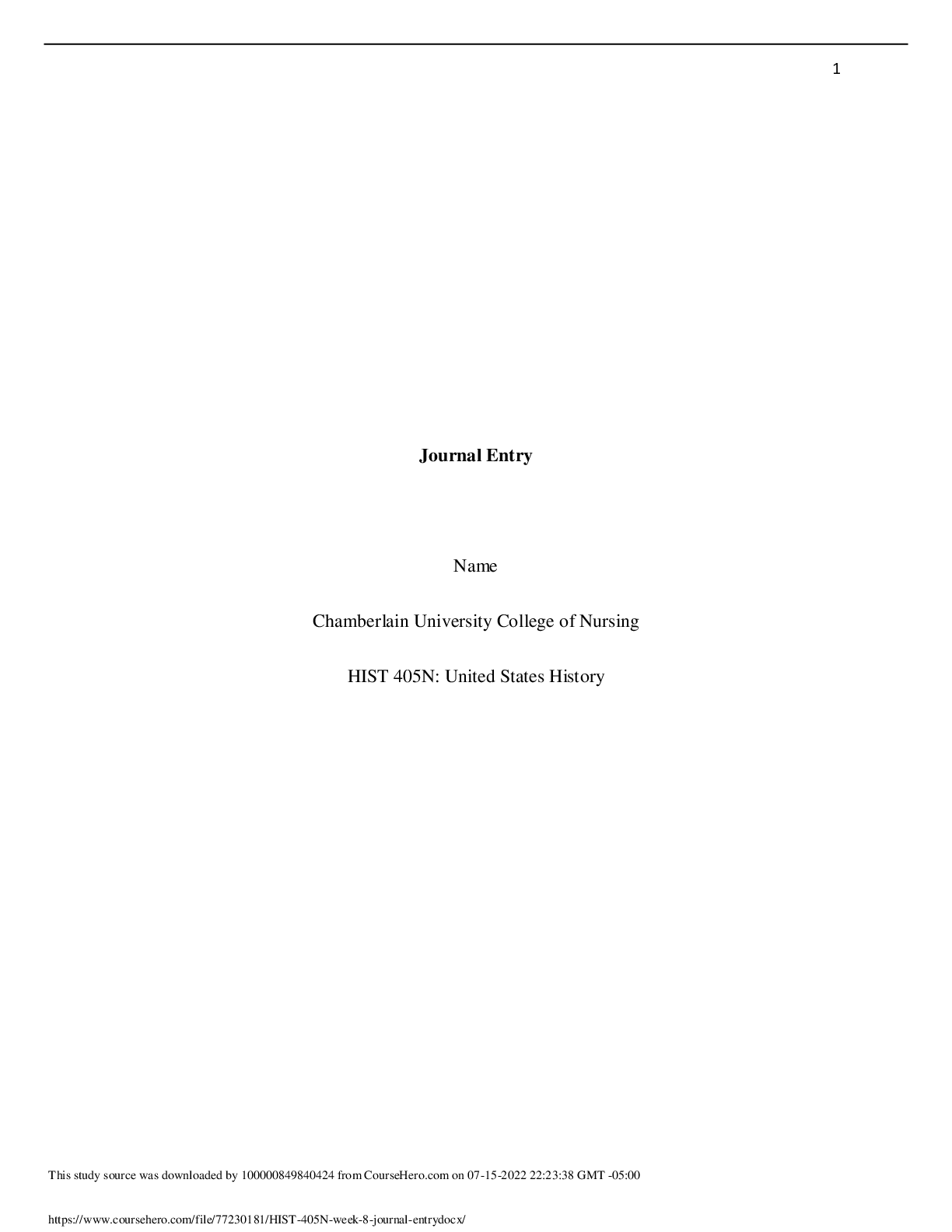
.png)
